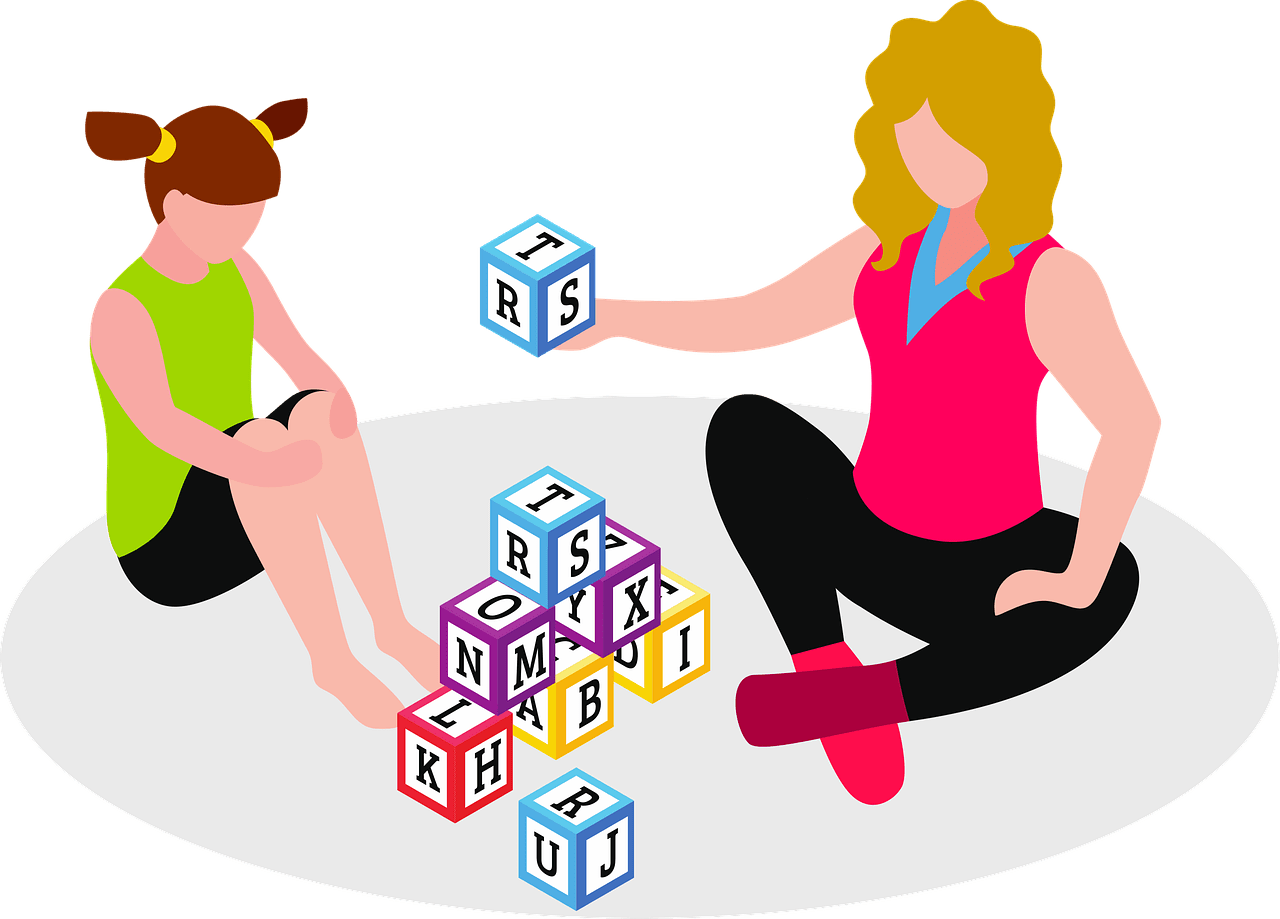
UPDATED 3/25/2024
If a neurodiverse child has been identified as a candidate for Santa Clara County Office of Education's (SCCOE) Early Start by the Stars Infant Program (Northern California,) they will enter into a flurry of therapies, depending upon need.
According to the SCCOE's website:
https://www.sccoe.org/Pages/SCCOE%20Home.aspx
The program works to strengthen, support and empower families of diverse backgrounds to understand, enhance and reinforce necessary skills to promote their child's development. Thus, participation by parents or caregivers is fundamental throughout all of our program opportunities."
When a child is under three, parent and child participation is expected. This allows one to learn therapies oneself and to learn and apply therapies at home.
Here are just some of the therapies you and your child will participate in, if your child is under three:
- Speech Therapy (either one on one or a circle group or both)
- Occupational Therapy (learning how to use playground equipment, for example.)
- Behavioral Therapy
Missing Milestones
Missing milestones is often the critical clue that something may be amiss. Speaking to a pediatrician may lead to an appointment with San Andreas Regional Center for testing.
Only one area of concern may be identified. After working with your child, however, additional therapies may be deemed necessary.
I know of one program that included daily classwork in an Early Start classroom and a parent-child participation class.
A Behavioral Therapy Lesson
After a period of evaluation, therapists may identify other needs that require therapy. A child on the autism spectrum may expect all kinds of help!
A behavioral therapist may work with a child for two hours per day on various kinds of activities that are designed to be engaging. These activities are pre-planned to teach children various lessons that neurotypical children knew intrinsically.
I know of a particular lesson that involved learning how to play with toys. Some children may play inappropriately with toys. For instance, a child may stare for hours at the wheels on the toy truck or car, which is called stimming.
The behavioral therapist will get on the floor with the child and show the child how to pretend that the vehicle is on the road or on the train track, making the vehicle sounds.
After working with children, behavioral therapists will record the session in a logbook, so that other therapists will know what was worked on during the previous session. Sometimes 3 or 4 different behavioral therapists may visit per week!
Program
A child will be busy with classwork and parent-child classes, besides the 12 to 15 hours of behavioral therapy each week.
Every weekday, a child can expect classwork in the morning where children work with their therapists, while attending to classwork. This is an intensive period of time.
Parent-child classes can involve:
- Circle times with the speech therapists, where children learn songs and stories, in addition to learning how to sit.
- Occupational therapy room workouts, where children participate in large body movements.
- While children participate in occupational therapy, parents meet with other parents to discuss common issues like potty training or perseverating. Most importantly, participants get to meet other parents.
Meeting other parents is a blessing in disguise, as parents are all able to commiserate with others who are experiencing similar issues.
If you have any questions, please let me know in the comments section below.


Add a comment to: A Typical Parent-Child Therapy Day